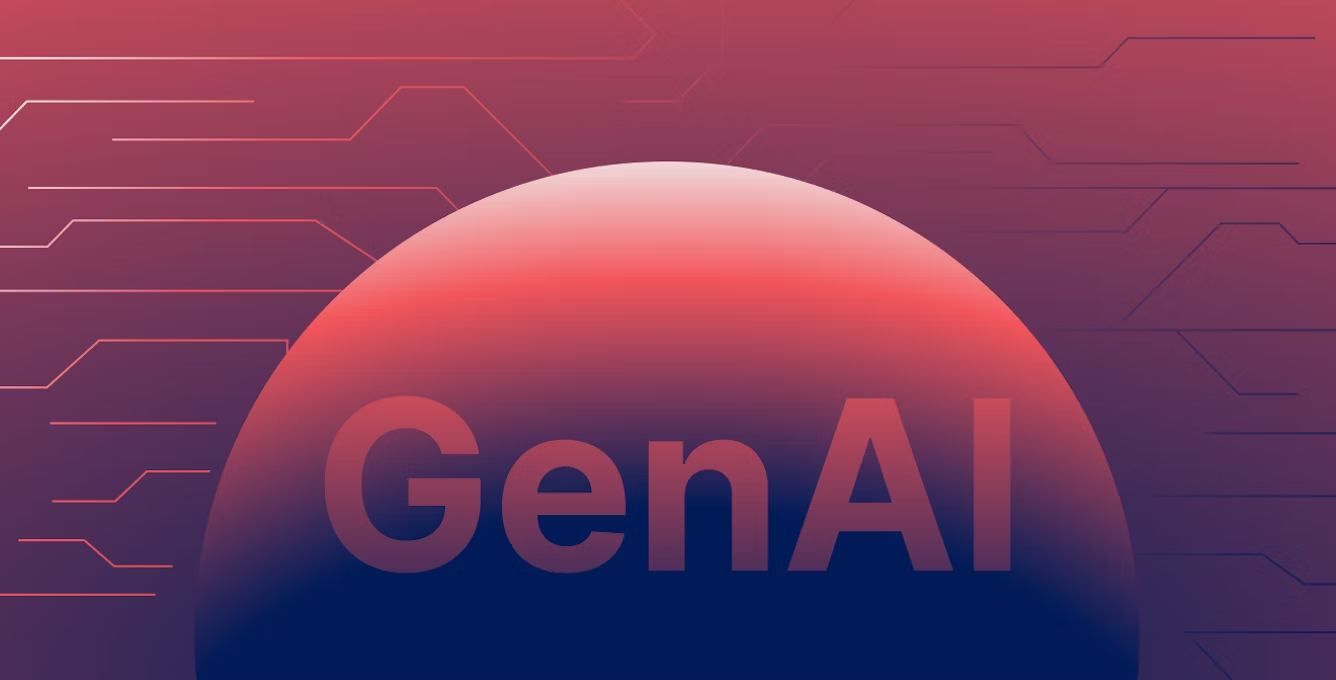Getting Started with Generative AI: Building Your First LLM App

Introduction
Generative AI and large language models (LLMs) let developers build powerful assistants, summarizers, and agents quickly. This guide walks you through a minimal, practical LLM app using OpenAI for inference and LangChain for orchestration.
Prerequisites
- Node.js 18+ and a package manager (npm/yarn/pnpm) - An OpenAI API key (set as OPENAI_API_KEY in your environment) - Basic TypeScript/JavaScript knowledge
What you'll build
A simple function (and example HTTP endpoint) that accepts a topic and returns a concise explanation generated by an LLM. We'll: 1. Call OpenAI's Chat Completions API 2. Wrap the call with LangChain to manage prompts and reuse logic 3. Run locally and discuss deployment
Quick project setup
Create a minimal project and install dependencies:
mkdir llm-app && cd llm-app
npm init -y
npm install node-fetch dotenv
# optional: langchain and an OpenAI client
npm install langchain openaiCreate a file named .env with:
OPENAI_API_KEY=your_api_key_hereCalling OpenAI directly (minimal)
A tiny example using fetch to call the Chat Completions endpoint. This keeps the payload explicit so you understand inputs/outputs.
import fetch from 'node-fetch'
import dotenv from 'dotenv'
dotenv.config()async function explain(topic: string) {
const res = await fetch('https://api.openai.com/v1/chat/completions', {
method: 'POST',
headers: {
'Content-Type': 'application/json',
'Authorization': 'Bearer ${process.env.OPENAI_API_KEY}',
},
body: JSON.stringify({
model: 'gpt-4o-mini',
messages: [
{ role: 'system', content: 'You are a helpful assistant.' },
{ role: 'user', content: 'Explain ${topic} in simple terms with a short example.' },
],
max_tokens: 300,
}),
}) const json = await res.json()
return json.choices?.[0]?.message?.content ?? 'No answer.'
}Using LangChain for structured prompts
LangChain helps you encapsulate prompt templates and create reusable chains. The example below shows a small chain that formats a prompt and calls an LLM.
import dotenv from 'dotenv'
dotenv.config()
import { OpenAI } from 'langchain/llms/openai'
import { PromptTemplate } from 'langchain/prompts'
import { LLMChain } from 'langchain/chains'const llm = new OpenAI({ openAIApiKey: process.env.OPENAI_API_KEY })
const template = new PromptTemplate({
inputVariables: ['topic'],
template: 'Explain {topic} in ~3 short paragraphs and provide one practical example.',
})const chain = new LLMChain({ llm, prompt: template })async function explainWithLangChain(topic: string) {
const resp = await chain.call({ topic })
return resp.text
}Prompt engineering tips
- Start with a clear system message describing the assistant role. - Show examples (few-shot) when the output format matters. - Constrain length with max_tokens and ask for JSON or bullet output for easier parsing.
Local testing and iteration
Run a local script or small Express/Next endpoint to wire the explain function to an HTTP POST. Test with several prompts and refine the template.
Deployment notes
- Keep your API key in environment variables or a secrets store (never commit it). - For production, add caching for repeated queries and rate limiting. - Consider a serverless function (Vercel, Netlify Functions, or AWS Lambda) for low-cost hosting.
Costs, safety, and guardrails
- Monitor token usage and set reasonable max_tokens to manage cost. - Sanitize user input to avoid prompt-injection risks. - Add moderation or content filters if exposing the app publicly.
Conclusion
You now have the building blocks for an LLM-powered app: a raw OpenAI call, a tidy LangChain wrapper, and practical prompts. Next steps: add retrieval with embeddings, build a UI, and instrument usage for cost and safety.